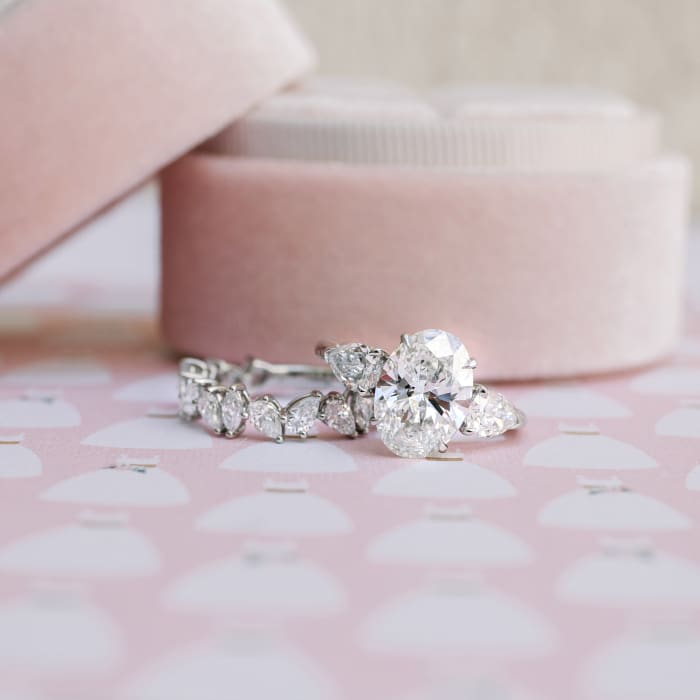Soldering: Different parts of the jewelry, such as clasps, settings, or decorative elements, are joined together using soldering techniques. Soldering involves melting a filler metal (solder) to join the metal parts without melting the main pieces.
Stone Setting: If the jewelry includes Diamonds, skilled craftsmen set them securely into the metal. Various techniques like prong, bezel, pave, or channel settings are used based on the design and gemstone type.
Polishing: The assembled piece undergoes multiple polishing stages to remove imperfections, scratches, and any oxidation, resulting in a smooth and shiny surface.




















